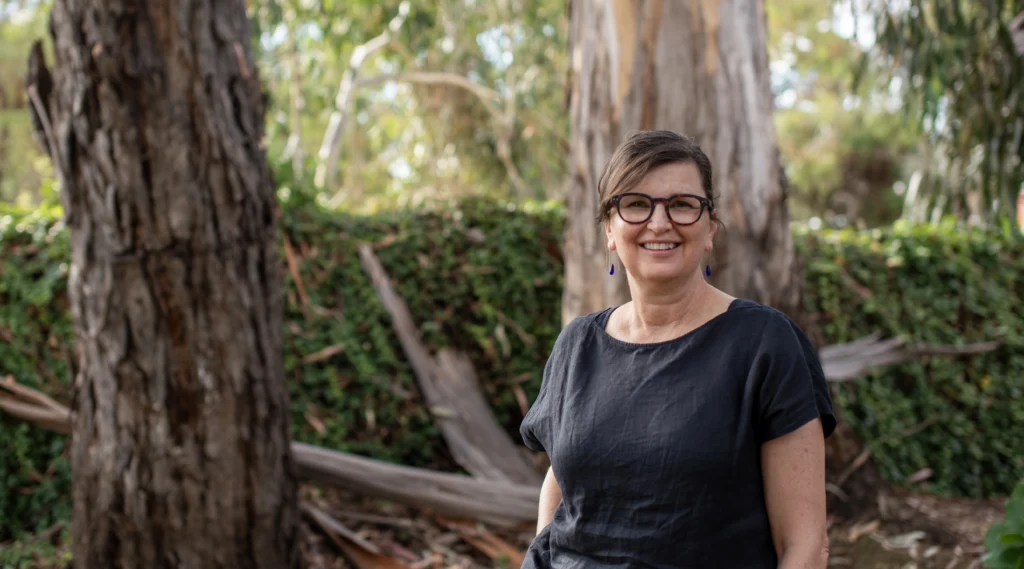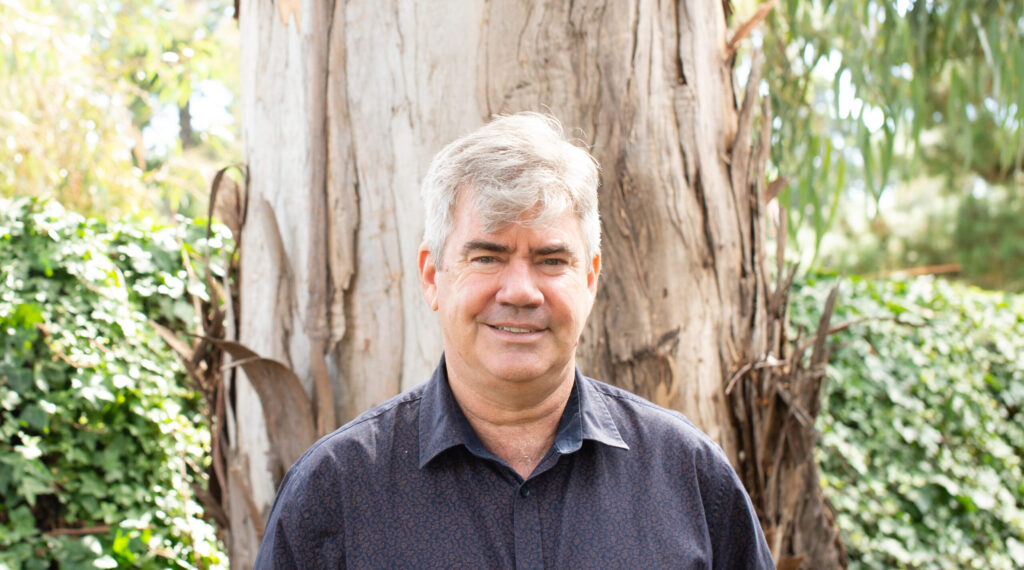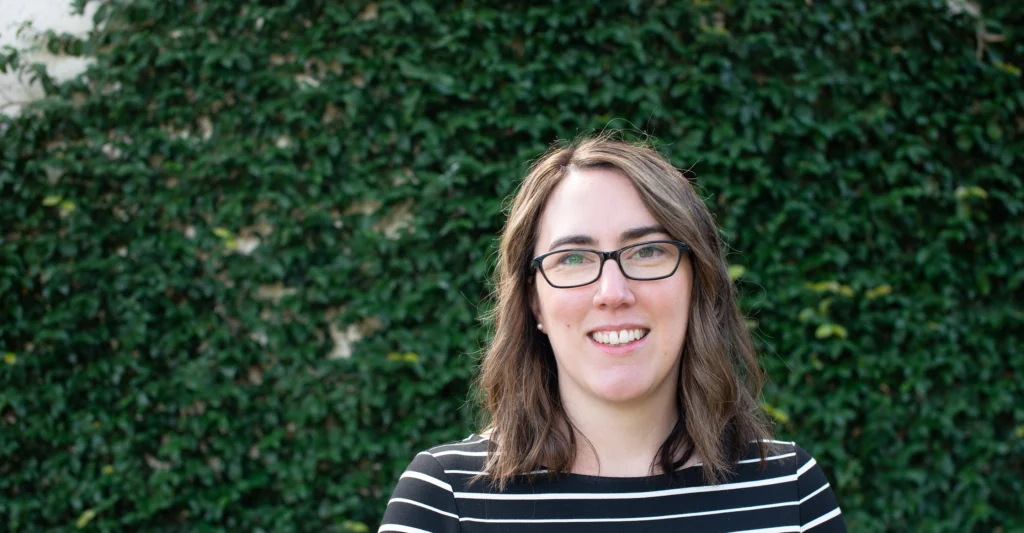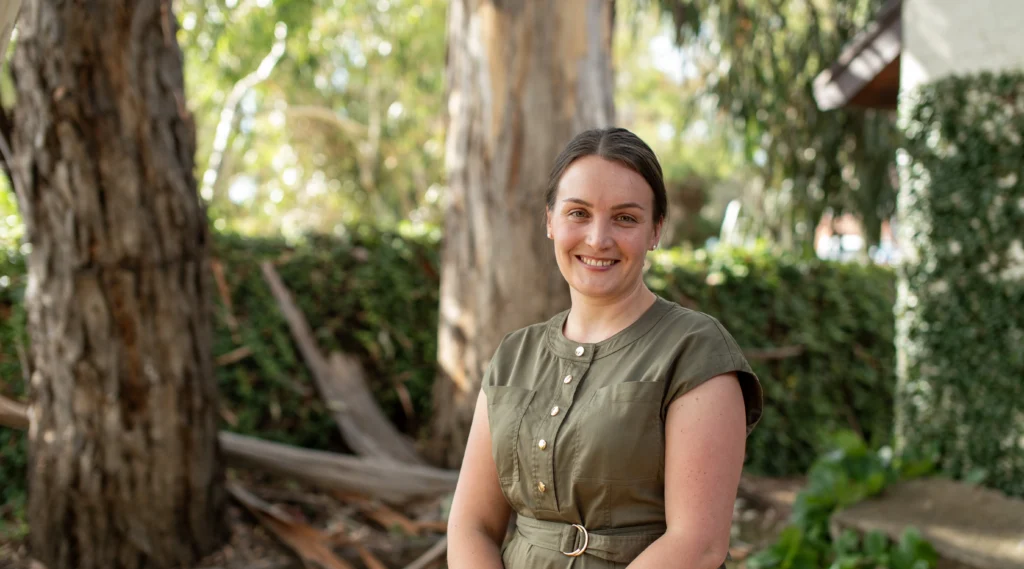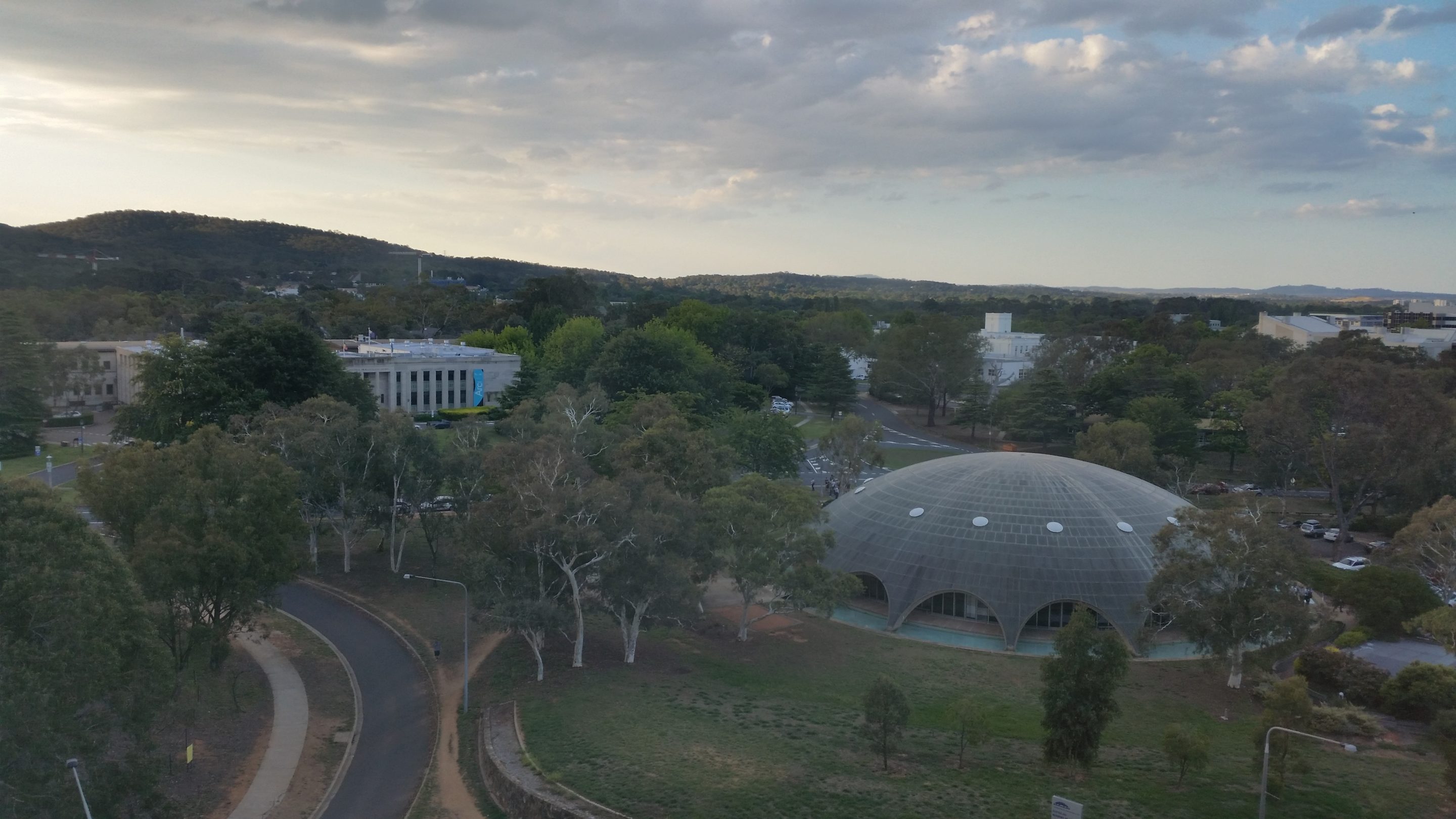
An Insider’s Guide to Canberra
The Canberra team have used their intimate knowledge of the city to create an itinerary that blends the iconic with insider tips for visitors to the nation’s capital.
Start at Mount Ainslie lookout (‘Marion Mahony View’). This offers an excellent view of the designed city of Canberra, a place to see the ‘Griffin Plan’ in reality. Take in the view and orientate yourself with Anzac Parade, Lake Burley Griffin and the Parliamentary Area.

Visit Poppy’s Café at the Australian War Memorial for coffee, and enjoy the surrounds of this award-winning building, designed by JPW.

Walk to the Australian War Memorial (AWM) and museum. Visit the commemorative area and the Hall of Memory.
Background note: A design competition was held in 1925; however, none of the entries met the competition’s conditions, meaning that no winner was announced. Two competitors, Emil Sodersten and John Crust, were subsequently asked to collaborate and develop a new design incorporating the architectural style of Sodersten and the innovative and cost-cutting approach of Crust. Their design drew on the contemporary development of the Art Deco style in Europe, which went on to influence other postwar buildings in Canberra. There is evidence of Byzantine influence in the dome.

Visit Regatta Point for the National Capital Exhibition. You can expect to see the Model of Canberra showing historical development of the city and historical film footage tracing development of housing and public buildings in the 1920s, to the modernism of the 1950s–1970s, and the mixed bag of development from the 1960s onwards.

National Capital Exhibition Centre at Regatta Point, 1966. (Source: NAA, 7555815)
Drive through Russell, a defence precinct of administration buildings dating from the 1960s. You will see the Australian–American Memorial.
Background note: In 1948 the Australian-American Association proposed ‘to establish a Memorial in Canberra in the form of a monument or statue, to perpetuate the services and sacrifices of the United States forces in Australia and to symbolise Australian-American comradeship in arms’. After an appeal for finances by the then Prime Minister of Australia, Sir Robert Menzies, the Australian people subscribed more than the eventual cost of £100,000, then a vast sum of money for a public memorial, indicating the gratitude of the nation. Additional memorials were constructed in Brisbane and Adelaide that used the surplus funds.

Kings Avenue Bridge looking towards the Australian–American Memorial, 1965. (Source: National Archives of Australia, 11250266)
Take a break at the Yarralumla Yacht club ‘Snapper on the Lake’ and enjoy fish and chips overlooking Lake Burley Griffin. While there, enjoy a self-guided driving tour around the diplomatic missions in Yarralumla.

Drive through the Parliamentary Zone/National Triangle, and keep an eye out for the Canberra Hyatt Hotel (and stop for refreshments) (1927), Old Parliament House, East and West Blocks, Administration Building (1947–1956) (now John Gorton building), Treasury Building (1969), National Library of Australia, The Lobby Restaurant (both 1968), High Court of Australia and the National Gallery of Australia and Sculpture Garden (1970s), Questacon, Australian Parliament House – Federation Mall (1980s), Canberra’s Foundation stone (1913), and the National Portrait Gallery (2000s).

For dinner, consider the new Acton Precinct (architecturally interesting and award winning for urban design), Kingston or Braddon.

Hotel Acton, (now Peppers Gallery Hotel), 1926. (Source: National Archives of Australia, 3121749)
